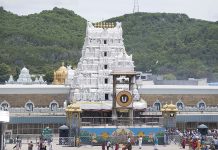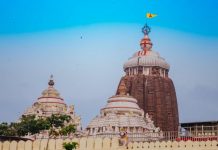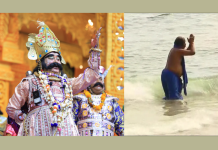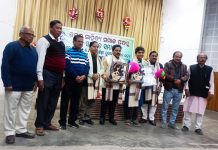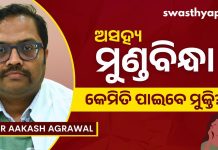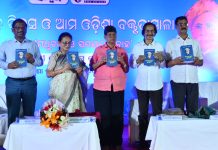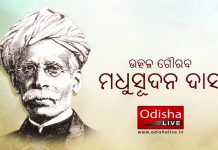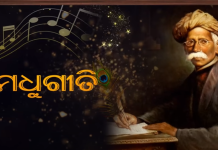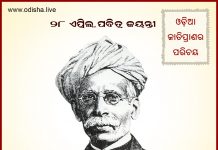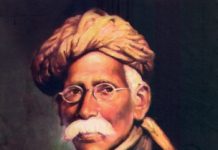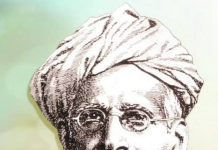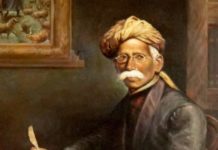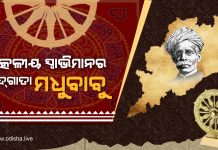Bhaskar Parichha
TO CALL HIM JUST AN ‘ICON OF ODIA PRIDE’ ISN’T ENOUGH. HE WAS MUCH MORE THAN AN ICON – A MAN OF IMMENSE SELF-ESTEEM.
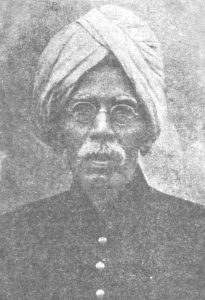
The British conquered Odisha precisely 213 years ago. But the annexation had begun at least 250 years before 1803 AD. Preceded by a series of Muslim attacks, the subjugation became something ‘official’ when the Sultanate of Bengal brought ‘Odisha’ under its control. Then, came the Mughals who occupied coastal Odisha a decade later. The last Hindu Emperor of Odisha – Gajapati Mukunda Deva was defeated and killed in the battle of Gohiratikiri in 1568. With his death, sixteenth-century Odisha plunged into complete darkness. What followed was even more sinister.
From Midnapore in the east to Rajahmundry in the south, the annexation of Odisha was full and final. It came to be ruled under six heterogeneous divisions known as Jaleswar Sarkar, Bhadrak Sarkar, Cuttack Sarkar, Chicacole Sarkar, Kalinga Dandapat and Rajahmundry Sarkar. In the course of time, these divisions were appropriated to a host of regional rulers and outlying provinces like the Nizam of Hyderabad, the Bengal province, the Maratha Empire the Madras Presidency. In a sense, it was free for all, and anyone could become a part of the pack to rule over Odisha.
Cut to 1936. After much haggling, Odisha was separated from the Bihar province following a long drawn out struggle. Odias got reunited after centuries of political separation. On 1 April, it became a separate state on the linguistic basis with Sir John Austin Hubback taking over as the first Governor. Among the leaders who moved center stage to unite the disparate Odias, Madhusudan Das and Maharaja Krushna Chandra Gajapati were the two big names that instantly come to the mind, though there were many other leaders who contributed much to the unification saga. But, Madhubabu was the enfant terrible and the first among equals.
By the time Madhubabu emerged on the scene, Odisha had lost everything that it was up to. The warrior class had vanquished beyond redemption. Odia soldiers had not only lost their self-esteem, they became paupers. A similar fate was awaiting the Zamindars who sold their land through desperate means.
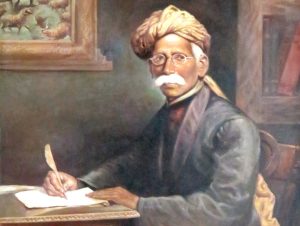
The quelling of the Paika Rebellion of 1857 demoralized the Odia community no end. The East India Company subsequently made some constructive gestures and tried to establish a semblance of rule of law. For example, it ushered in institutions of ‘modernization’ like the school, the judiciary, and land reforms. However, many Odias could not participate in the ‘civilizing mission’ of the British because of their lack of will, economic impoverishment, and state of demoralization.
Madhusudan Das (1848-1934) had three ‘firsts’ to his acclaim. He was the first Odia Graduate, the first MA and the first one to hold a degree in law. His return from Calcutta after finishing studies unleashed a series of actions to rejuvenate the sagging Odia spirit. The first step was the establishment of Utkal Sabha which later became ‘Utkal Sammilani’.
It was through a deeper insight that Madhubabu decided to fill up the vacant political space. He realized that formation of Utkal Sabha in Odisha wasn’t enough; it has to align with a pan-national organization. The Indian National Congress was established around this time. Utkal Sabha was represented by Madhubabu till 1908, so much so that it was considered to be a branch of the INC.
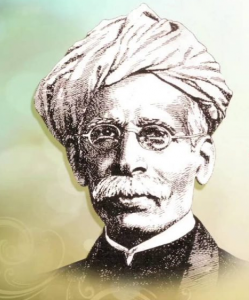
He was also able to get a proposal passed in the Congress against the salt tax imposed by the British. His next effort was to bring a resolution in the INC to unite the Odia-speaking areas in Madras, Bengal, and Madhya Pradesh. After this move was opposed by Bengalis and Tamils, Madhubabu got himself detached from the Congress.
Sadly, like all great people who loved their soil enormously, Madhubabu had to spend his last life in penury having sacrificed everything for his cherished motherland. There was nothing that Madhubabu didn’t put his hand on to revive the fortitude of his people and make them superior- racially, economically and politically. To call him just an ‘icon of Odia pride’ isn’t enough. He was much more than an icon – a man of immense self-esteem.
To read the Life & Times of Madhusudan Das visits www.madhusudandas.org

